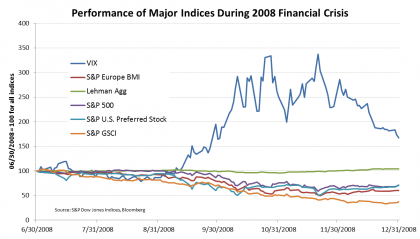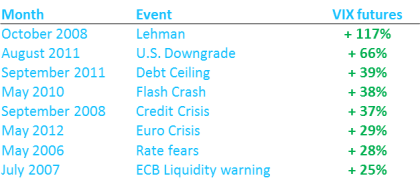2013 was a seminal year for US equities with markets going up 33%. Emerging markets on the other hand did not fare so well and were relatively flat with a negative 1.27%. India ended the year down at 4.8%, hit strongly by currency woes, but the year was very volatile for most emerging markets. Some countries, famously dubbed as the ‘Fragile Five’ , namely Brazil, India, South Africa, Indonesia and Turkey are seen as more vulnerable than others, largely because of slowing economic growth, high inflation, large fiscal deficits, and depreciating currencies. These countries have come to symbolize what seems to ail emerging markets in general, which have depended on large foreign investments to fund their economic growth and fill their current account deficits. Some have even likened the situation to the Asian crisis of 1997, but a number of factors including the emerging markets own higher sophistication and awareness of such perils discounts such a possibility.
The US Federal Reserve’s announcement last summer of tapering the Quantitative easing sent shivers down the emerging markets spine. When liquidity dries up in the largest market in the world, albeit slowly and surely, the first to be hit are the riskier investments and emerging markets will be the first to feel that impact. The US economy is working under a cautious note of optimism that economic growth is back on track post 2008, and tapering will not really hurt growth prospects. Indeed the decision on tapering is itself seen as a vote of confidence that the economic growth is on track in the 2-3% range. Emerging markets are feeling the impact of the announced tapering more. The Indian government has put curbing inflation high on its agenda ahead of economic growth as can be seen by a number of rate increases in the previous months. Plans are being laid out to limit fiscal deficit to 4.6% of GDP as per the interim budget and the Indian Rupee has remained somewhat stable in the RS 62-63 range.
Overall, the short term volatility seen in emerging markets need not become a long term trend, but is more a result of uncertain economic and political situation in some of the emerging markets including India, but if the measures to limit the deficits and boost investment and growth are successful we can expect to see more stable market trends in the coming months. Over the long term investors remain committed to India, but over the short term a few see this as a buying opportunity while the majority prefer a wait and watch policy with expectations that the bottom may be finally close.
Watch the live interview with ET Now.
The posts on this blog are opinions, not advice. Please read our Disclaimers.









